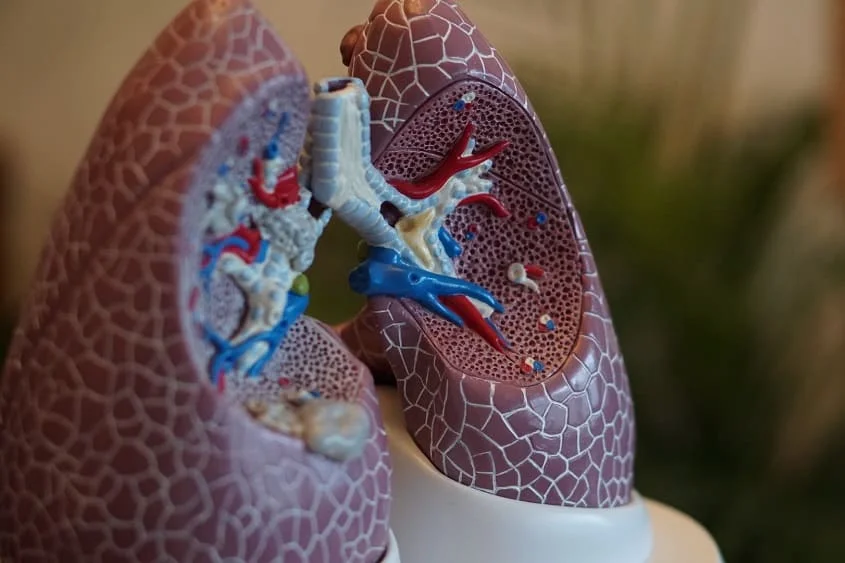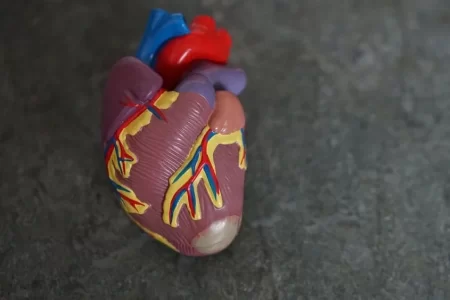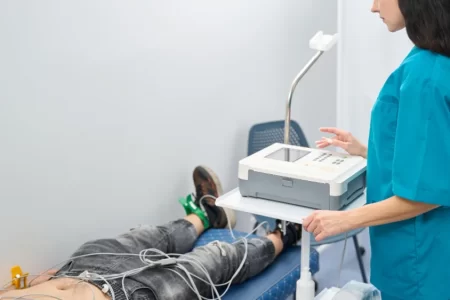Decoding Acute Hypoxic Respiratory Failure and Its ICD-10 Code: A Comprehensive Guide
- Updated on: Feb 29, 2024
- 3 min Read
- Published on Oct 28, 2023

Introduction to ICD-10
ICD-10, overseen by the World Health Organization (WHO), serves as the internationally recognized standard for coding health conditions. It not only establishes a common language among healthcare professionals but also streamlines the process of diagnosis and treatment, offering uniformity in an increasingly interconnected world.
The Necessity of Standardization
In a world where medical professionals collaborate and conduct research internationally, standardization is paramount. Having a universally accepted coding system ensures that a diagnosis made in one part of the world is readily comprehensible and unambiguous to medical professionals elsewhere, safeguarding patient care against potential misunderstandings.
Decoding the Acute Hypoxic Respiratory Failure ICD-10 Code
For those not well-versed in medical coding, the ICD-10 code designated for acute hypoxic respiratory failure is J96.01. Let’s break it down:
- J stands for “Diseases of the respiratory system.”
- 96 specifically zeroes in on “Respiratory failure, not elsewhere classified.”
- The decimal .01 specifies “Acute hypoxic respiratory failure.”
The precision of ICD-10 codes enables healthcare professionals to categorize conditions with a high degree of accuracy. Acute hypoxic respiratory failure, with its ICD-10 code J96.01, is a prime example of how this system classifies a life-threatening medical condition with utmost specificity.
The Multifaceted Importance of Medical Coding
Medical coding, at first glance, might appear cumbersome or bureaucratic. However, its significance becomes evident upon closer examination:
Clinical Documentation
In the diverse field of medicine, codes provide a standardized method for recording, retrieving, and comprehending patient data. This uniformity ensures that a physician in Tokyo can interpret the diagnosis made by a colleague in New York without any ambiguity.
Billing & Insurance Dynamics
Accurate coding is vital for billing, from the patient’s perspective. It ensures that healthcare services are correctly invoiced, facilitating seamless financial transactions between healthcare providers, patients, and insurance companies.
Facilitating Research
For researchers, standardized coding is a treasure trove. It aids in identifying patterns, assessing the prevalence of specific conditions, and can even influence health policy decisions or direct funding towards pressing health issues.
Public Health Monitoring
On a macro level, these codes play a crucial role in public health surveillance, enabling authorities to track, analyze, and respond to emerging health concerns in real-time.
Navigating the Transition: ICD-9 to ICD-10
Before the era of ICD-10, its predecessor, ICD-9, was the norm. While ICD-9 was groundbreaking in its own right, the transition to ICD-10 marked a leap in the precision of medical coding. For acute hypoxic respiratory failure, where ICD-9 had limited specificity, ICD-10’s J96.01 offers a more detailed and accurate representation.
Benefits of the Transition
The shift from ICD-9 to ICD-10 isn’t just about increasing the number of codes; it’s about capturing medical conditions with a higher level of specificity. This change has led to improved patient care, enabling healthcare professionals to diagnose and treat conditions with greater accuracy.
The world of medical coding, though initially daunting, is a testament to the progress in healthcare that ensures precision, clarity, and consistency. The ICD-10 code for acute hypoxic respiratory failure, J96.01, isn’t just a sequence of characters; it signifies global cooperation in healthcare, acknowledges the interconnectedness of our world, and reflects a commitment to improved patient care. As healthcare advances, the role of standardized coding systems like ICD-10 will only grow, underscoring the importance of understanding and efficiently using these codes. Acute hypoxic respiratory failure, with its ICD-10 code J96.01, exemplifies the power of standardized medical coding in delivering quality healthcare to patients around the world.












